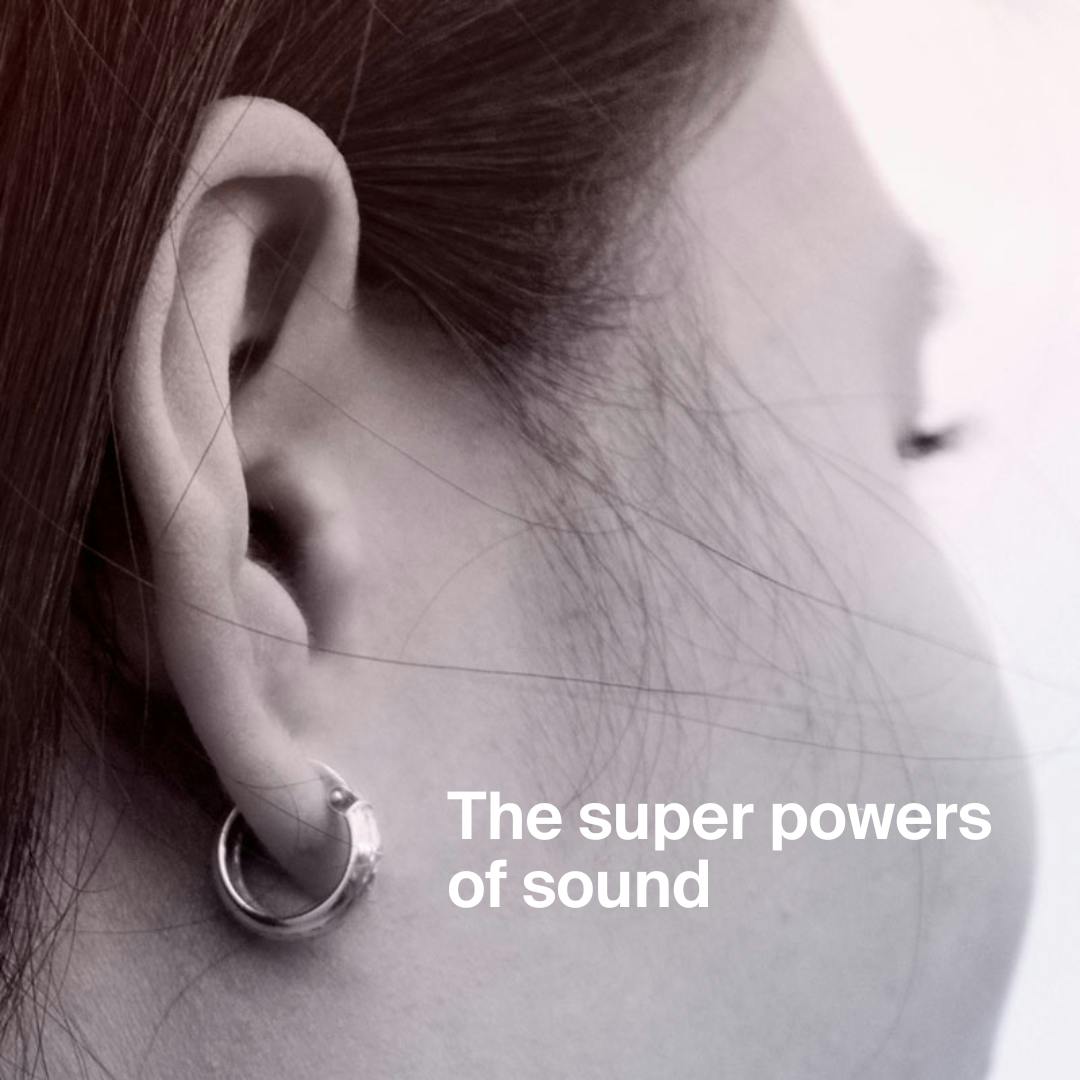
10 Superpowers of Sound
Our brains possess amazing abilities we don’t always realize we have, and a good number...
You may have heard the expression « Our ears have no eyelids”, which points to the inevitable nature of the sounds that surround us. It will have escaped no one’s notice how much pandemic-related lockdowns have changed the sound environment, especially in urban areas. A calmness and absence of noise, the return of which has made us aware of what our environment imposes on us. The study of soft mobility and acoustic ecology leads us to imagine more suitable, more sustainable and particularly less noisy ways of getting around. Transport tends to blend into our surroundings, so will it ever be possible to participate fully in the design of our sonic environment?
Noise pollution, especially when it comes to urban mobility, is widely known and observed. Yet its disappearance from our acoustic environment would be problematic for many reasons. Imagine for a moment that all cars made no noise at all. Without emitting any warning sounds they would pose a real risk to other drivers, pedestrians, cyclists, and so on. « The Powers of Sound in Everyday Life », a study conducted by OpinionWay in November 2020, showed that 86% of French people considered sound to be the most useful way of alerting them to danger. The issue is therefore more about finding pleasant and soft sound designs, to rethink the noise and aggressive sounds associated with our movements.
Unsurprisingly, travel has been on the rise over the past year. According to figures from McKinsey and Deloitte, we are travelling more and more. Even if public transport is used a little more than before, the purchase of cars is on the rise. In Ile-de-France alone,, 5,5 million daily trips are work-related and are repeated throughout the week. Urban mobility and commuting demonstrate the need to adapt our transport to the acoustic environment.
As we have previously reported, the SNCF and its partners are already well into the process of addressing the issue of noise related to transport and the passage of people. This is one of the missions of the Perception et Design Sonores team (the STMS joint research unit, which regroups the CNRS, Sorbonne University, Ministry of Culture and IRCAM). Moving from noise to sound is a major challenge, but it is also a question of making the journey more enjoyable.
Any means of transport generates sound – sounds that leave their mark on the imagination and even define the way we perceive our environment. The sound of a car door, a metro opening its doors, or even the famous SNCF jingle – these are part of our daily lives. Some noises nevertheless remain a source of annoyance for users and travellers. What if it were possible to replace these sounds with sounds that are better suited to our ears?
Just as sound has been added to the bicycle, a typically quiet means of transport, it is possible today to create audio elements for other areas. More than just sounds, it is a question of creating a sonic identity for a particular kind of vehicle. In the same way as the bicycle bell and the sound added to recent iterations of the electric bicycle have become representative and integrated into the collective imagination, there will soon be sounds specific to cars, depending on the manufacturer, the model…
The automotive world is indeed carrying out numerous experiments to reinvent the sound of vehicles and give them pleasant tones. This is the case with Renault, with the Symbioz concept car. In addition to rethinking the place of the car in our sound environment, Renault goes further by thinking about audio interaction with the object.
Let’s go even further with the uses that are developing within transport itself thanks to Human-Machine Interaction. Could time wasted due to travel be a thing of the past?
It is not uncommon to compare the time spent in a car with the time spent in a train when travelling in an urban environment. The train has a significant advantage: the ability to work, play, all in a quiet space. Improving these spaces is constantly on the minds of the SNCF staff who are working on a better space in trains to facilitate calls and discussions while at the time preserving a quiet environment.
But now there is a new space that is being transformed to allow more freedom while we travel: the car. The car’s interior is increasingly being worked on to create a new conception of this space. More than just a journey, the car is intended to become the place for new experiences. Moreover, audio interaction implies a personalisation of voices. OpinionWay noted that, for the majority of respondents, tone and voice had a real influence on the reception of messages. Journeys are becoming more adapted, more pleasant and travellers are becoming active.
Will the IoT enable us to make the most of this time spent travelling? Find out what Ircam Amplify and its partners are doing to transform noise into sound.
Think we're on the same wavelenght?